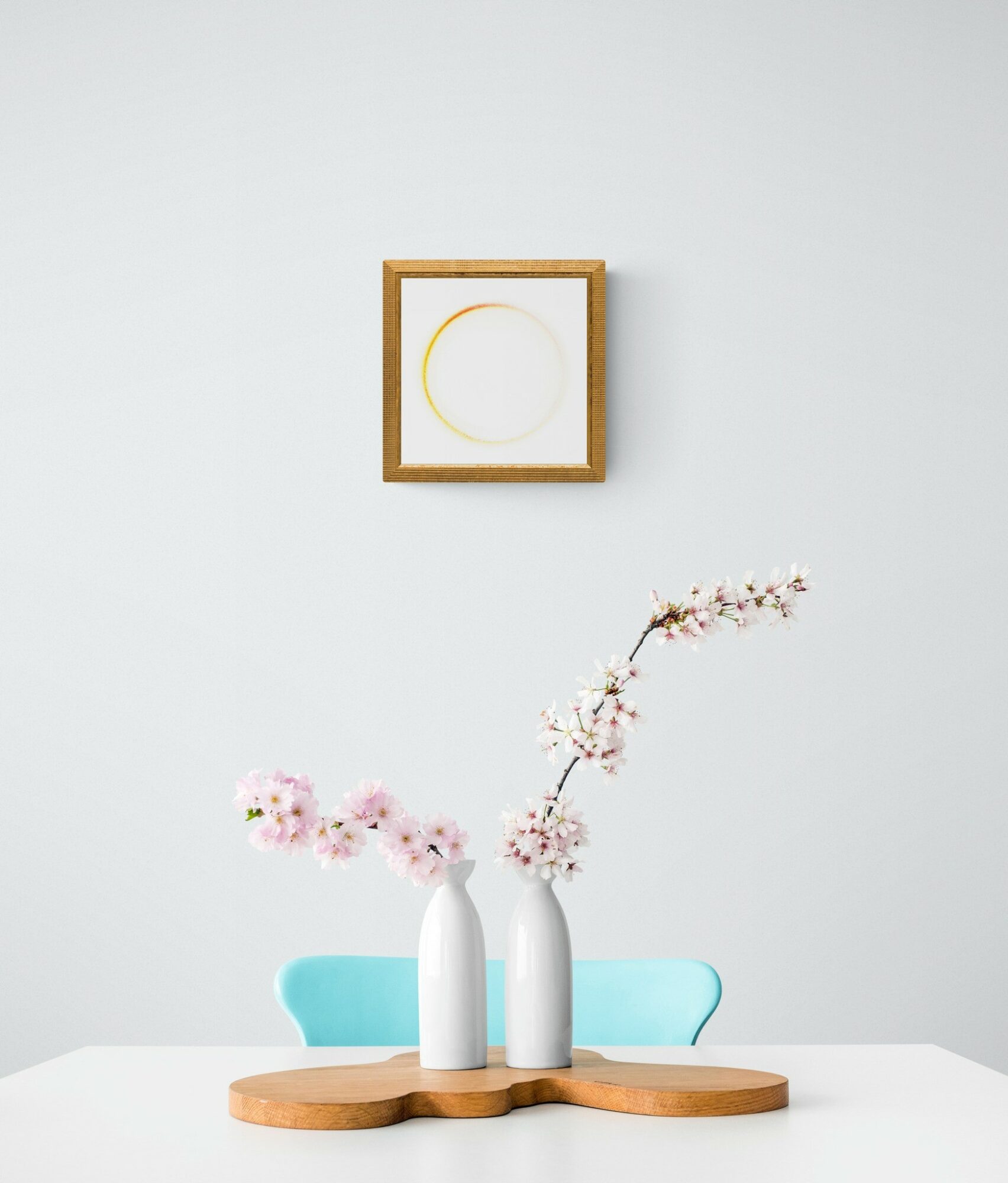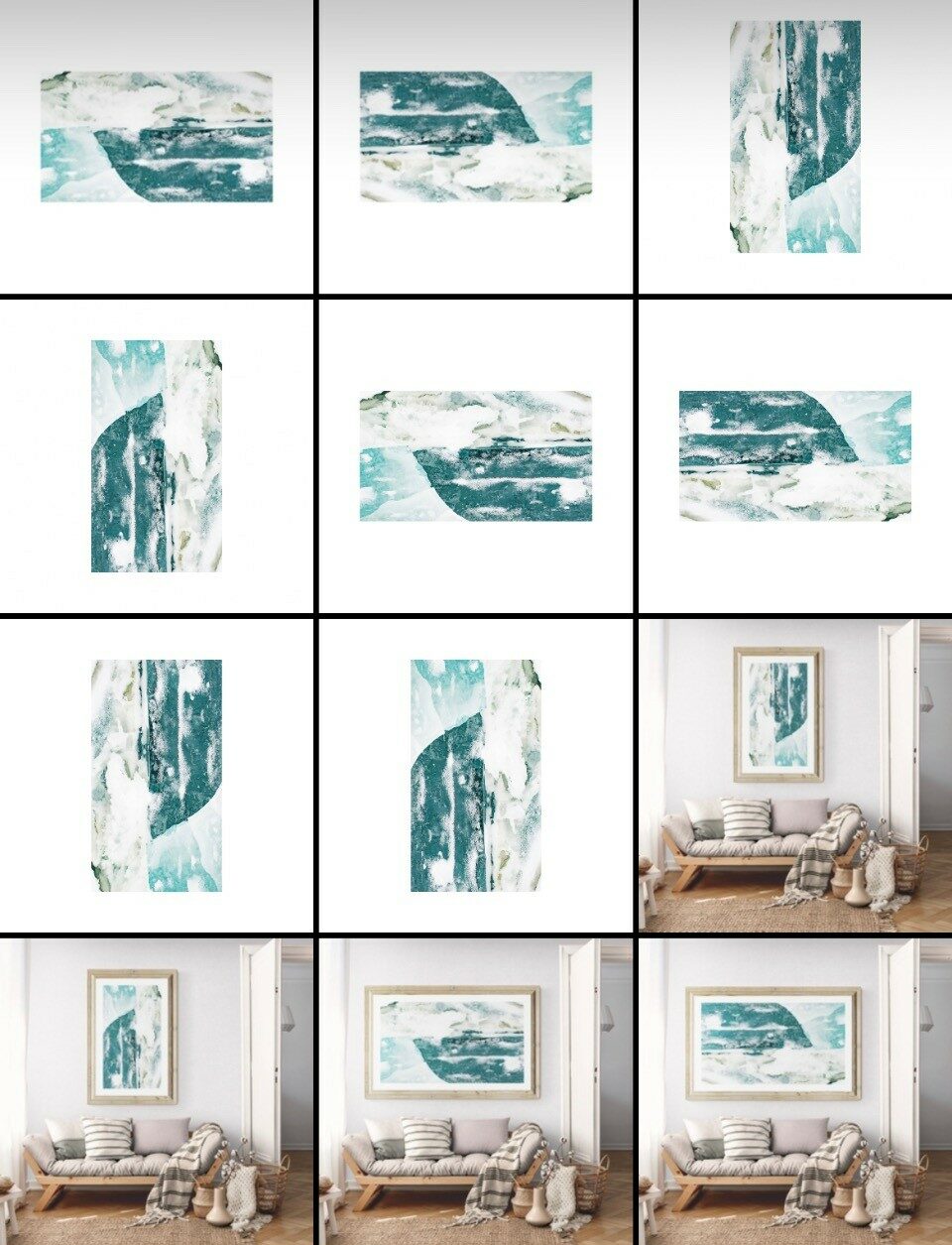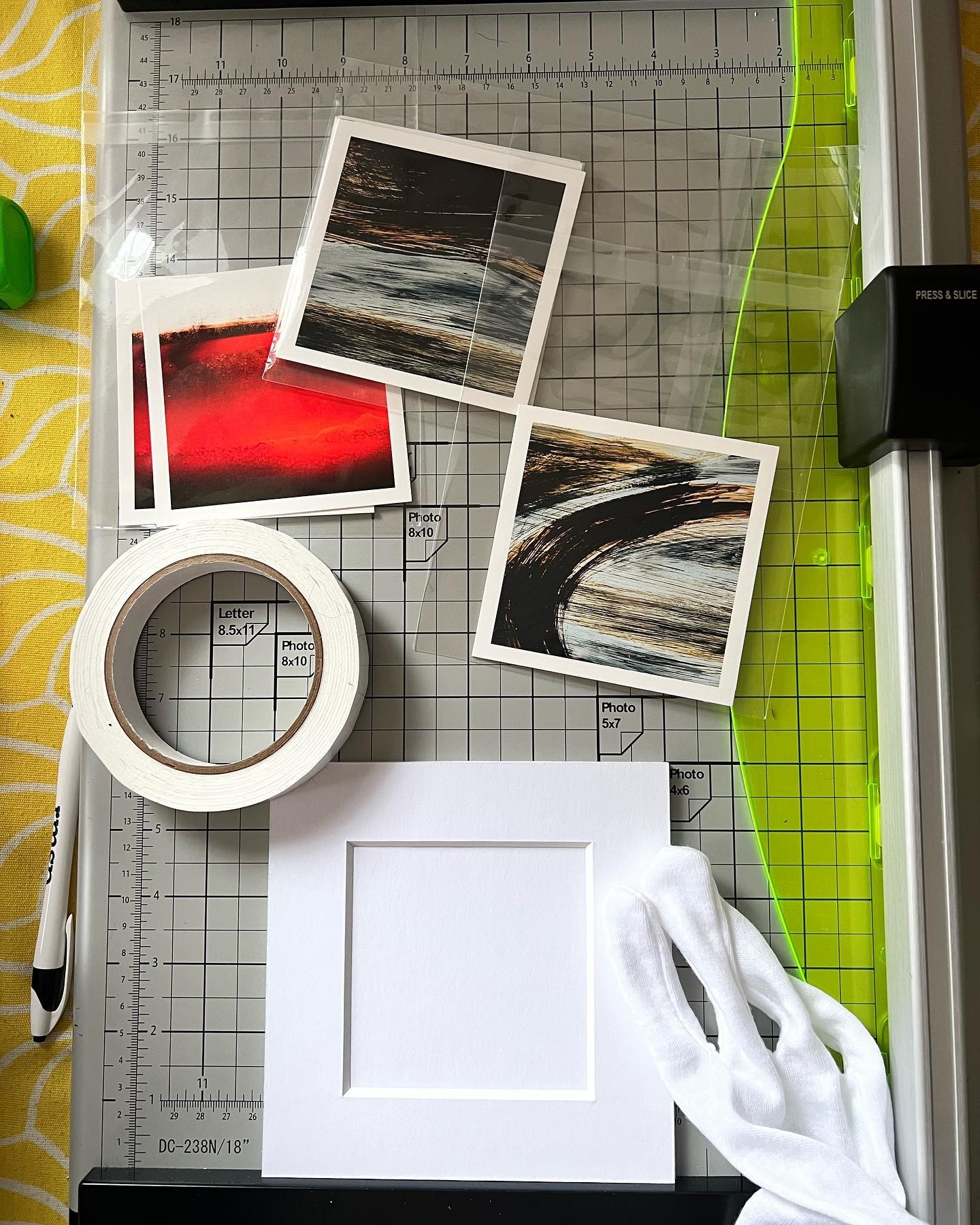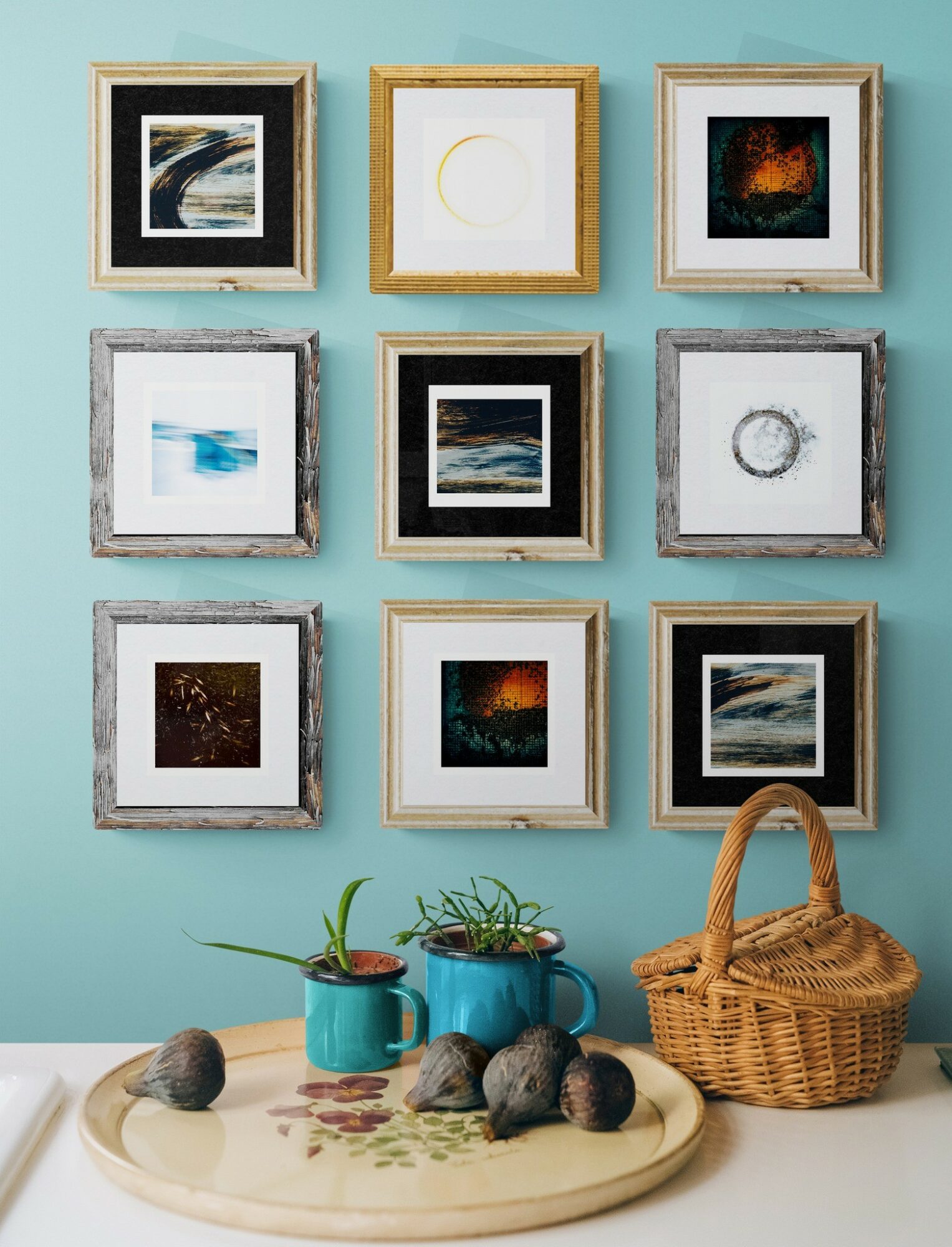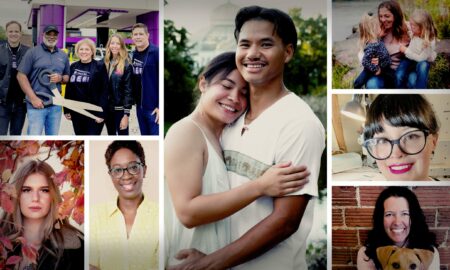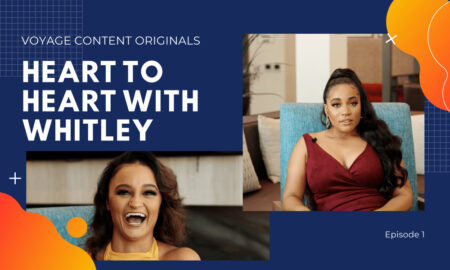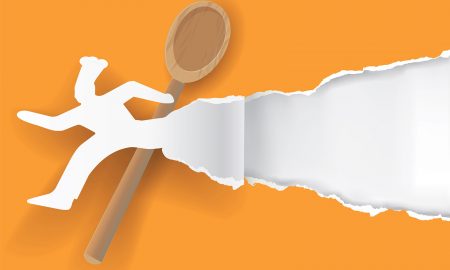

Today we’d like to introduce you to Kristina L. Jager.
Hi Kristina, thanks for sharing your story with us. To start, maybe you can tell our readers some of your backstory.
Yes, thank you, I am a neurodivergent artist who is currently residing on the East Side of St. Paul. I was born and raised in Spicer, Minnesota, a small town nestled around a lake and squished between farm fields and dirt roads.
From there I studied at the Academy of Arts in San Francisco, along with the Art Institute of Houston, and later at the Rocky Mountain School of Photography in Missoula, MT. Somewhere in the middle, I met my husband and eventually, we started a family having two amazing people whom I adore, and here we are, the four of us with our dog Ziggy, crafting a life together.
Would you say it’s been a smooth road, and if not what are some of the biggest challenges you’ve faced along the way?
My path has been anything but linear! I struggled with traditional schooling, finding refuge in the art room throughout highschool. Yet, I loved the structural freedom I felt at art school. I would have loved to finish my degree, and it took me a while to understand and accept that it’s not a moral failing if you suddenly find yourself not being able to afford it. College can be massively expensive and an arts degree not to mention pursuing an MFA is financially daunting. This seemingly disjointed path I found myself on, though frustrating, served me well.
All of our experiences in life are valid and inform who we are, what we are doing, and the paths we choose to take. Today, there are so many ways to gain experience, learn skills, and surround yourself with community especially in the arts. That’s not to say that it’s not hard because there truly is something to be said about art school and the connections, access, and opportunities that are more readily available and streamlined than there are by figuring it out yourself. So if you have the means, and just as importantly the drive, do it, but if you don’t, there are many other ways, just not a straight line and may take longer.
From my experience, it took a while to find my voice, but I’m always growing and experimenting. I am curious. I think deciding to have children impacted me a lot and helped me find myself. A huge part of parenting is learning who you are. Through becoming a parent I learned that I am Neurodivergent and experience the world in a way that is different and often more challenging than it is for most. The way my brain works directly impacts and influences my work, my relationships, and day-to-day life. It’s an integral part of my being and learning about this has deepened my work in ways that I don’t think would have been possible without this knowledge and acceptance.
Beyond learning about my neurodivergence the single biggest fixed point in time was when my dad died. In October of 2021 he was diagnosed with Covid-19 and passed away suddenly. This was a harrowing experience. Grief is one of those things that just changes you, it shakes you to your core and is always with you. It’s a process that our current culture is not understanding nor accepting of, even though we all experience it.
Soon after my dad’s passing I started creating what has become an ongoing body of work titled A Season of Anguish and Grief. This body is really where I started to come alive. Each piece drove me deeper and became a way for me to communicate my grief, every piece is a conversation, exploring and listening about its becoming, and every piece has and will evolve in its own time. I was honored this past Spring (2023) to have a selection of this body included in an exhibit entitled Art of Caregiving, Aging, Death, and Dying at the ArtReach St Croix Gallery in conjunction with the NEA’s Big Read program.
Appreciate you sharing that. What else should we know about what you do?
I am driven by a deep need to connect with the world around me. Using photography as my chosen medium, I set out to bring forth not so much what I see, as what I feel. Each image is born from curiosity and connection, a grounding and exploration of the space I am in. Back at my studio, I repeat the process where instead of connecting with the space I am inhabiting, I open myself up, listening to the foundations of what is there and what is to come.
The time that passes between field and studio is a palette cleanser, an opportunity to bring renewed wonder to what I have invited home. The pleasure in this act of Photographic Expressionism is that the pieces have lives of their own. Everything that I am up to at that moment greets them in their creation. Some pieces speak readily, screaming their truth out to the world; other pieces are slowly simmering, needing time to emerge.
I like to joke that some pieces take five minutes and others five years, but there is real truth in that.
The work that I am putting out now is some of the most authentic and raw pieces I’ve created. Learning to not only trust myself, my process, and the artwork itself has been tough. I think that’s one of the hardest things to learn, how to listen and trust in yourself, it’s not something that many carry out of childhood, I had to relearn this, and that’s not an easy thing to do. And then to trust when the piece is done.
One of the things that I am most proud of, I think, no, I know I am as it changed me when I realized this, is that I have learned to have the capacity to sit with how other’s experience my work. Once I put a piece out into the world, though it is mine, my creation, my name is on it, it’s no longer mine, it’s now yours to experience. How you see a piece, everything that you are in that moment comes crashing into that which is in front of you. And there’s a real beauty and humanity in that.
My role is not to tell you how to feel, or how my work should impact you, my role is just to share what I made and yours is to experience it and meet it where you are at. Today it may resonate, in a week it may not, next year it might be the one thing that you connect with wholeheartedly, ten years from now you may see something entirely different. Who am I to tell you what to feel? Do you want to bring it home and hang it upside down because that’s what works for you? Please do, and send me a pic, cause I would love that.
Any advice for finding a mentor or networking in general?
Do I have any advice on finding a mentor or networking? Not really. I guess I mean, this is not a strength of mine. But I’ll give it a go. Be curious and kind. Recognize that the people you want to work with or around have their own experiences that have shaped them and their work.
I feel like I’m awkward in person, so when I approach someone I always have two or three questions I have prepped that aren’t terribly deep (though I’d rather deep dive than sit in small talk), and if I like what they are doing, I say so. It’s okay to just approach another artist, or whomever you admire/want to work with, and say “I like your work”. Please do this, it means a lot.
It’s also okay to look for people who don’t do what you do. Casting a wide net and seeing who you feel a connection with is a good thing. People are amazing and most often want to share. Taking workshops or courses when you can is another great way to find your people both online and in person.
And trust your gut. I’d have to say the majority of people who I’ve met and worked with are great and genuinely understand that we are all each other’s cheerleaders, so be yourself, be honest, authentic, and human. Listen but know you are the only one who knows which decisions are right for you. And if you are on the receiving end, there are no secrets so share, share how you made the work, share the process, share what was going on, what inspires you, share so that others can learn and be inspired by you.
Pricing:
- Nooks & Crannies Fine Art Prints start at $20
- Fine Art Archival Prints start at $200
Contact Info:
- Website: https://www.kristinaljager.com/
- Instagram: https://www.instagram.com/kristinaljagerart/
- Facebook: https://www.facebook.com/kristinaljagerart
